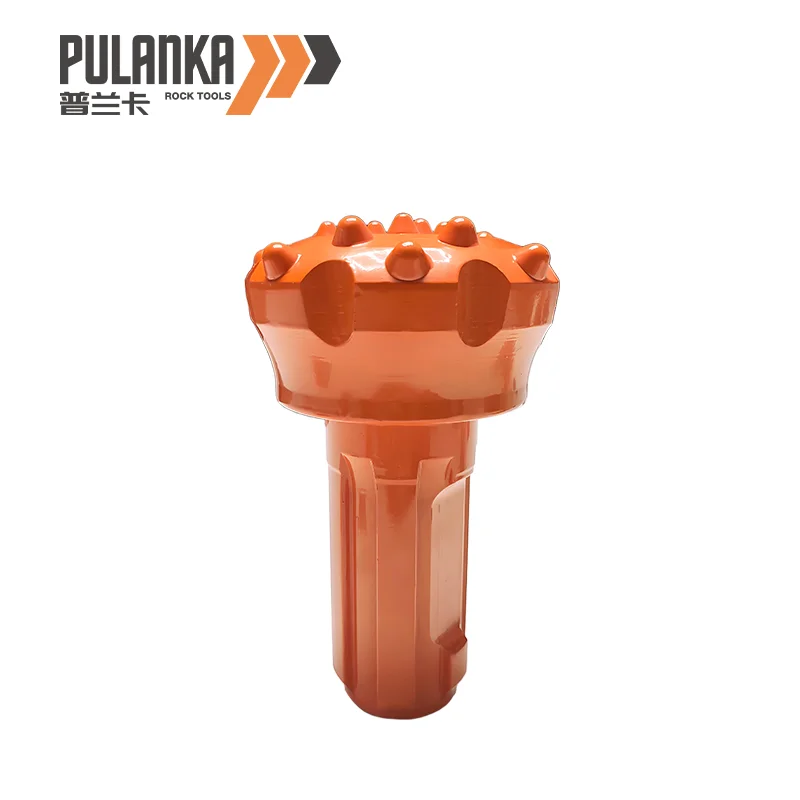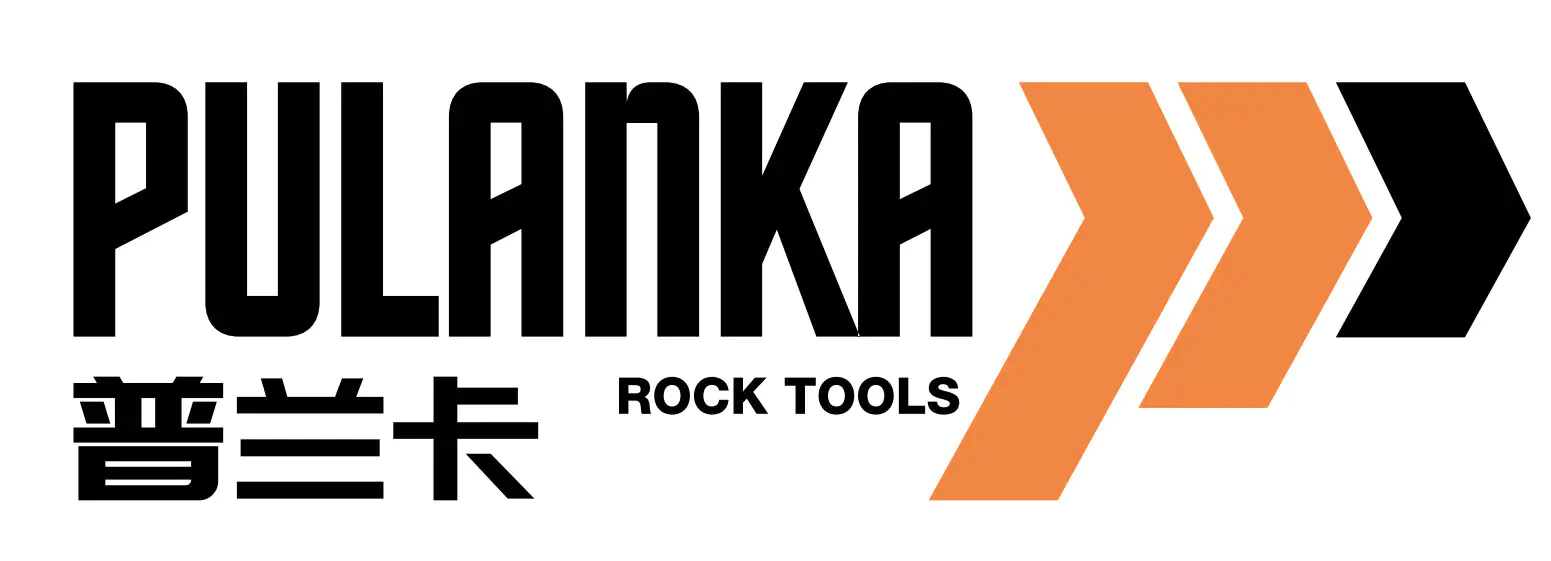What is the difference between down-the-hole and top hammer drilling?
2025-07-11
In the fields of mining, infrastructure construction, etc., down the hole drilling and top hammer drilling are the mainstream drilling technologies. Due to their different working principles and applicable scenarios, they have formed a complementary application pattern. Only by understanding the core differences between the two can we choose the best solution according to construction needs.

Working principle and equipment structure difference
Top hammer drilling transmits the impact force directly to the drill bit through the drill pipe (the impactor is located at the top of the drill pipe), just like "hammering a nail", and the impact force goes straight to the bottom of the hole along the rigid drill pipe. The impact frequency can reach 1500-3000 times/minute. Its equipment consists of a hydraulic rock drill, a drill pipe, and an alloy drill bit. The body is compact, and the total weight is usually 5-20 tons.
In down the hole drilling, the impactor is installed near the drill bit (diving into the hole), and the impactor is driven by compressed air to work. The drill pipe only transmits torque and does not bear impact force. The impact frequency is slightly lower (800-1800 times/minute), but the energy loss is smaller. The equipment needs to be equipped with an air compressor (air pressure ≥1.2MPa), and the overall system weight is 30%-50% heavier than the top hammer equipment of the same level.
Drilling depth and diameter range
Top hammer drilling is suitable for shallow hole operations. The optimal drilling depth is 3-20 meters, and the diameter is concentrated in 38-127mm. After exceeding 20 meters, the drilling accuracy decreases due to the elastic deformation of the drill pipe (deviation ≥5%). Its advantage is that for small-diameter deep holes (such as anchor holes), the drilling speed is 20%-30% faster than that of down the hole drilling.
Down the hole drilling is good at medium-deep hole construction. The conventional drilling depth is 20-100 meters, the diameter range is 80-300mm, and the deepest can reach more than 300 meters. The drilling efficiency of large-diameter holes (≥150mm) is significantly better than that of top hammers. For example, when drilling a 200mm diameter hole, the daily footage of down the hole drilling can reach 1.5 times that of the top hammer, and the verticality deviation of the hole wall is ≤3%.
Applicable geological conditions
Top hammer drilling performs best in medium-hard rock (f=6-12), such as sandstone and limestone, with low wear rate of drill bit (wear per meter of footage ≤0.2mm). However, in hard rock (f≥14, such as granite), the impact energy decays quickly, the drilling speed drops by 40%, and the drill pipe is easy to break.
Down the hole drilling reduces energy loss through in-hole impact, which is more advantageous in hard rock and very hard rock (f=12-20), and the drill bit life is 50% longer than that of top hammer. In the face of broken rock formations, it has strong compressed air slag removal ability and a drill bit sticking rate 60% lower than that of top hammer, which is especially suitable for complex geology with developed fractures.
Efficiency and cost comparison
The equipment purchase cost of top hammer drilling is low (about 60%-70% of the same power down-the-hole equipment), and the unit price of consumables (drill pipe, drill bit) is cheap, but the energy consumption is high in deep holes and hard rocks (the unit footage oil consumption is 25% higher than that of down-the-hole). Suitable for small and medium-sized projects (such as anchor bolts for construction foundation pits), the cost of a single hole is controlled at 10-30 yuan/meter.
The initial investment of down the hole drilling is high, but the unit cost is lower in large-diameter and deep-hole operations. Taking a 150mm diameter and 50-meter deep hole as an example, the comprehensive cost of down the hole drilling (including equipment depreciation, consumables, and energy consumption) is 15%-20% lower than that of top hammer drilling, and the cost advantage is more obvious as the hole depth increases.
Typical application scenarios
Top hammer drilling is widely used in shallow hole blasting in quarries (3-10 meters hole depth), tunnel advance support (φ42-76mm anchor bolt hole), building pile foundation lead hole and other scenarios, especially suitable for underground operations with limited space (such as mine tunnel excavation).
Down the hole drilling is used in large-scale projects such as open-pit mine stripping blasting (15-50m deep holes), water conservancy project curtain grouting holes (φ110-200mm), and geological exploration deep holes (≥100m), giving full play to the advantages of efficient deep holes in open areas.
When choosing, it is necessary to make a comprehensive judgment based on geological hardness, hole depth and diameter, and site conditions: top hammer is selected for shallow holes with small diameters, and downhole is preferred for deep holes with large diameters or hard rock environments. The two can work together to cover most drilling needs and optimize construction efficiency and costs.
Related News





